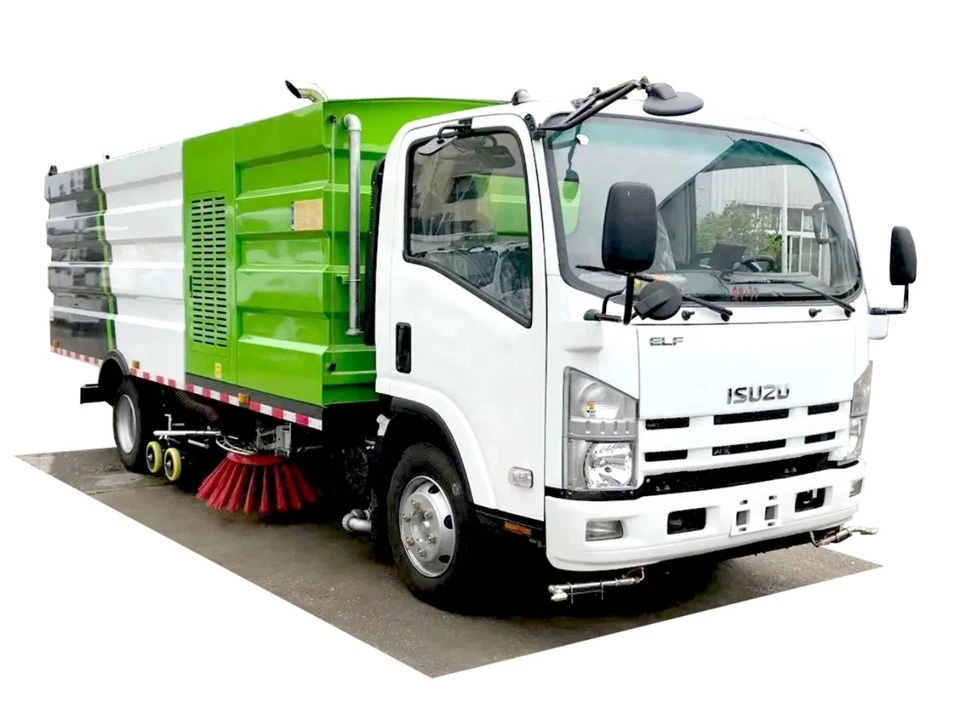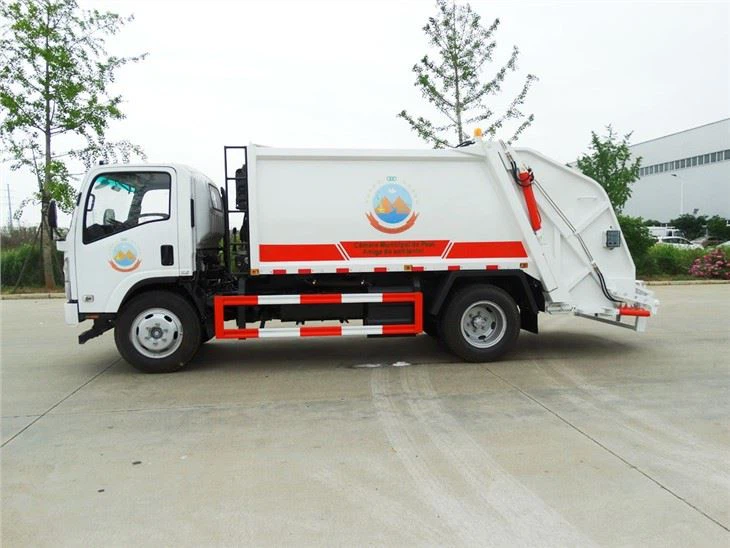Understanding Compactor Receiver Boxes: A Comprehensive Guide

Introduction
In the ever-evolving landscape of waste management and recycling, the compactor receiver box plays a vital role. This essential piece of equipment is designed to facilitate the efficient compaction of waste materials. Understanding the functionality, types, and benefits of a compactor receiver box can significantly boost operational efficiency in various settings, such as commercial properties, manufacturing facilities, and municipal waste management programs. This article aims to provide a comprehensive overview of compactor receiver boxes, including their features, usage, maintenance tips, and frequently asked questions.
What is a Compactor Receiver Box?
A compactor receiver box is a specialized container used in conjunction with waste compactors. Its main purpose is to receive compacted waste from the compactor, allowing for easier transportation and disposal. These boxes are designed to withstand heavy loads and are often constructed from durable materials to ensure longevity.
Key Features of Compactor Receiver Boxes
- Durability: Made from robust materials like steel or aluminum.
- Load Capacity: Designed to handle substantial amounts of waste.
- Easy Loading: Features that facilitate simple loading from compactors.
- Accessibility: Doors or hatches that allow for convenient unloading.
Types of Compactor Receiver Boxes
There are several types of compactor receiver boxes designed for specific applications. The choice of the right type depends on the nature of the waste material, the compaction requirements, and the operational setting.
1. Stationary Compactor Receiver Boxes
Stationary compactor receiver boxes are permanently installed at a waste collection site. They are built to handle large volumes of waste and are often used in industrial and commercial applications.
2. Mobile Compactor Receiver Boxes
Mobile options are designed for flexibility and are often used in environments where waste needs to be moved frequently. These boxes can be easily relocated to different sites as required.
3. Vertical Compactor Receiver Boxes
Vertical compactor receiver boxes are designed to accommodate vertical compactors, taking up less space and making them suitable for areas with limited room.
4. Horizontal Compactor Receiver Boxes
These boxes are often larger and are ideal for high-volume waste disposal. They are designed to work with horizontal compactors, making them suitable for larger operations.
The Importance of Compactor Receiver Boxes
Compactor receiver boxes are essential for several reasons:

Enhanced Waste Management Efficiency
By compacting waste, these boxes facilitate easier handling and transportation. This leads to higher efficiency in waste management processes and reduces the frequency of waste pickup.

Cost-Effectiveness
Using a compactor receiver box can significantly lower disposal costs by maximizing the volume of waste collected in a single load, reducing the need for frequent pickups.
Environmental Benefits

Compacting waste reduces the volume of materials sent to landfills, ultimately leading to a lower environmental impact and promoting recycling efforts.
Choosing the Right Compactor Receiver Box
Selecting the appropriate compactor receiver box involves several considerations:
1. Assessing Waste Type
Different materials may require different types of compactor receiver boxes. Assess the types of waste you’ll be handling to choose the best option.
2. Understanding Volume Needs
Determine the expected waste volume. Larger operations may need bigger boxes, while smaller businesses might find compact options sufficient.
3. Location and Space Requirements
Consider the available space in your waste management area. Some boxes are designed to be stackable or compact, which can be beneficial for space constraints.
4. Budget Constraints
Set a budget for your waste management equipment. While initial costs may vary, consider the long-term savings on disposal fees and operational efficiency.
Installation and Setup of Compactor Receiver Boxes
The installation process of compactor receiver boxes can vary based on the type chosen. Here are general steps to follow:
Site Preparation
Ensure the installation site is leveled and able to support the weight of the box when full. Adequate space for movement and operation should also be considered.
Positioning
Place the compactor receiver box in a location that allows for easy access for both the compactor and collection vehicles.
Connection with Equipment
If applicable, connect the compactor receiver box with your existing compactors, ensuring they function effectively together.
Testing
Conduct a test run to ensure all systems work efficiently. Check for any leaks or problems in the setup.
Maintenance Tips for Compactor Receiver Boxes
Regular maintenance is essential to ensure the longevity and efficiency of your compactor receiver box:
1. Regular Inspections
Conduct routine checks to identify any wear and tear. Look for signs of rust, cracks, or damage.
2. Cleaning
Keep the box clean and free from debris. This helps to prevent unpleasant odors and pests.
3. Lubrication
Ensure moving parts, such as doors or hatches, are adequately lubricated to facilitate easy operation.
4. Repairs
Address any issues promptly to avoid larger problems down the line. Regular servicing can keep the box operational and efficient.
Practical Examples of Compactor Receiver Box Usage
Example 1: Retail Shopping Malls
In a retail shopping mall, a stationary compactor receiver box can be placed at the loading dock. This enables efficient collection of waste from various stores, reducing the need for frequent waste pickups and enhancing waste management efficiency.
Example 2: Manufacturing Facilities
Manufacturing facilities often generate substantial amounts of waste. A horizontal compactor receiver box can accommodate the high volume of cardboard and plastic waste, compacting it for reducing transportation costs and improving storage efficiency.
FAQs about Compactor Receiver Boxes
1. What materials are compactor receiver boxes made of?
Compactor receiver boxes are typically made from durable materials such as steel or heavy-duty aluminum to withstand load and weather conditions.
2. How often should I maintain my compactor receiver box?
Regular maintenance should be scheduled at least once a month or more frequently depending on usage. Regular inspections and cleaning are crucial.
3. Can a compactor receiver box be used outdoors?
Yes, many compactor receiver boxes are designed for outdoor use. Make sure to choose a model that can withstand environmental conditions.
4. How are compactor receiver boxes emptied?
Compactor receiver boxes can be emptied using collection trucks that lift and transport the contents for disposal or recycling.
5. Are there any weight limits for compactor receiver boxes?
Yes, each compactor receiver box will have a specified weight limit. Always check the manufacturer’s guidelines to avoid overloading.
6. Can I customize the size of a compactor receiver box?
Many manufacturers offer customization options for size and configuration based on specific operational needs.
Conclusion
Understanding the functionality and features of compactor receiver boxes is crucial for effective waste management. Whether it’s in a commercial setting, a manufacturing facility, or a municipal operation, these boxes provide crucial support in handling waste efficiently and sustainably. With the right compactor receiver box, organizations can not only optimize their waste management processes but also contribute to a greener environment. Regular maintenance and proper selection based on needs will ensure these systems work effectively. Always keep the questions in mind when considering a compactor receiver box to make informed choices for your waste management initiatives.
